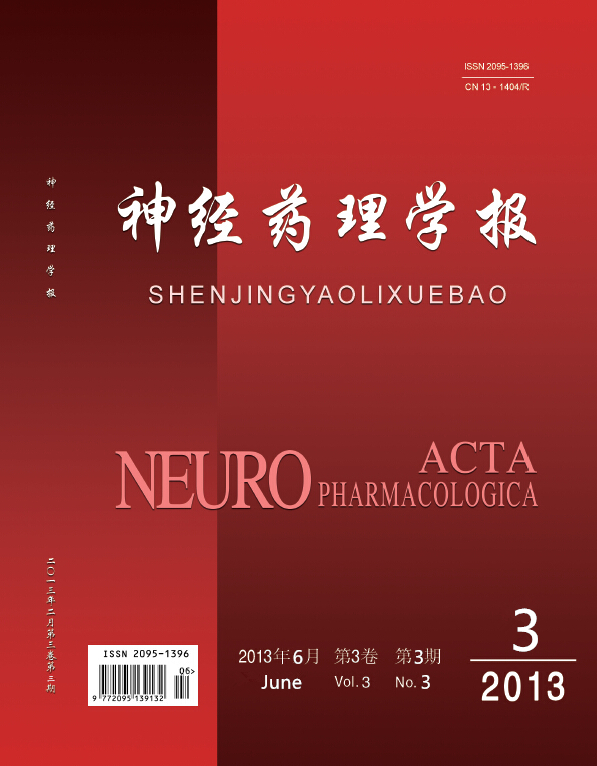|
|
Protective Effect of 3'-daidzein Suffocates Sodium on Serum Deprivation-induced Hippocampal Neuronal Cell Damage
ZENG Jing, XUE Jin-hua, LI Xiao, HUANG Zhi-hua
2013, 3 (3):
15-18.
Objective: To study the protective effect of 3'-daidzein sulfonate sodium (3'-DSS) on hippocampal neuronal cell damage induced by serum deprivation. Methods: Monolayer cell suspension of newborn SD rats (0~24 h) hippocampus was cultured in vitro. As the cells matured, hippocampal neuronal cell injury model was made by using serum-free medium. After treated with 3'-DSS (3.0, 10.0, 30.0 µmol•L-1 of 3'-daidzein sulfonate sodium) and cultivate for 24 hours, the cell viability was detected by MTT assay, the cell shape changes were observed, the lactate dehydrogenase (LDH) activity of serum-removed hippocampal neurons was detected. Results: In the 3'-DSS treating groups, comparing with the control group, the boundary of hippocampal neuron cell membrane is clearer, cell bodies are normal, the retraction of synapses is relieved and the cell adherence to the wall was normal. The cell viability is increased in treated groups, while the LDH activity of serum-removed hippocampal neurons is decreased. The result of MTT revealed cell viability of serum-removed hippocampal neurons was increased in 3'-DSS treating group as compared to the control group. Conclusion: 3'-DSS shows significant protective effect on hippocampal neuronal cell damage induced by removing serum.
References |
Related Articles |
Metrics
|

